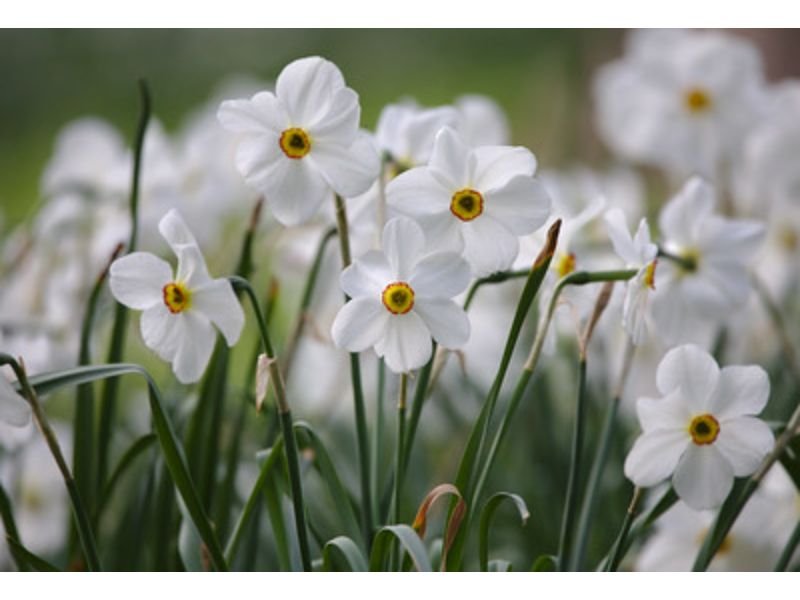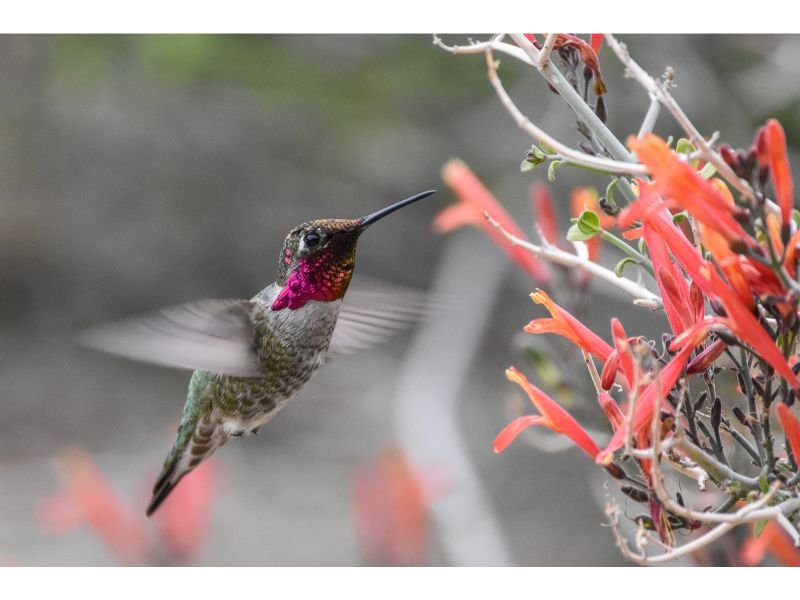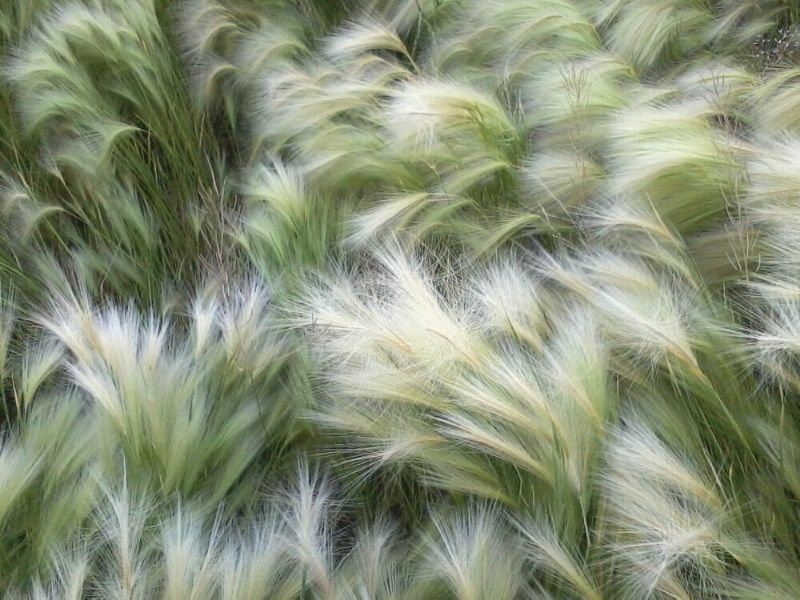Purple coneflower (Echinacea purpurea) is a miracle plant from North America that has been cultivated for more than 100 years. Aside from their eye-catching pollinator magnet blossoms, the purple leaves of coneflower are also safe to consume and are equally beneficial as their flowers. We see the purple flowers painting our gardens like beautiful works of art, but how about their foliage? In terms of appearance, can a coneflower produce purple leaves too? In this section, we’ll inspect this together so let’s get started!

| Category | Characteristic |
|---|---|
| Kingdom | Plantae |
| Division | Magnoliophyta |
| Class | Magnoliopsida |
| Order | Asterales |
| Family | Asteraceae |
| Genus | Echinacea |
| Species | E. purpurea |
| Common Name | Purple coneflower |
| Height | Can grow up to 1.5 meters tall |
| Growth Habit | Herbaceous perennial with an upright growth habit; may spread through rhizomes to form clumps |
| Habitat | Native to North America; found in dry prairies, meadows, and open woods |
| Morphology | Leaves are ovate to lanceolate, 7-20 cm long, and arranged alternately on the stem; flowers are pink to purple, with a spiny, cone-shaped center, and drooping petals |
| Flowering Time | Blooms from mid-summer to early fall |
| Reproduction | Sexual reproduction via pollination by bees, butterflies, and other insects; also reproduces asexually via rhizomes |
| Ecological Role | Attracts pollinators; provides food for birds and other wildlife; used in traditional medicine for its purported immune-boosting properties |
Table of Contents
Purple Leave Coneflower: Valid or Just A Fantasy?
The ultimate answer to your curiosity is no, purple coneflowers, no matter what their variety is, do not produce purple foliage.
It’s not difficult to see purple coneflowers thriving well just about anywhere in zones 3 through 8. This classic perennial produces not only purple, but also pink, salmon, orange, yellow, or white (which is rare) coloration during its growing period from June through September.
In this blooming season, you’d likely never get the chance to meet the purple coneflower leaves, well, because purple echinacea leaves are simply only ranging in shades of green.
What Do Leaves of Purple Coneflower Look Like?

Depending on light and its growing environment, purple coneflower leaves may appear in darker green or brighter green, with visible veins and lighter shades on the back of each foliage. The leaf shapes are either elliptical, ovate, or wedge-shaped, with sharp leaf edges and hairy, rough green stems.
They grow to about 3 to 6 inches (7.6 to 15 centimeters) long. Purple coneflower leaves are edible with a slightly bitter taste that is often dried, along with its blossoms, as tea. This plant is notoriously known for its medicinal properties to treat coughs, bronchitis, common cold, and inflammatory-related issues.
Why Do Purple Occurs More In Their Flowers than In Their Foliage?
Purple coneflower leaves are not in purple hues because of the lack of pigment called anthocyanins. This coloring pigment is responsible for giving the plant either red, purple, or blue colors, and is synthesized in flower parts to attract pollinators for fertilization purposes.
Meanwhile, the delicate leaves of echinacea contain a higher concentration of chlorophyll, a predominant green pigment to help them get energy through photosynthesis. It’s true that some plants, like Continus ‘Royal Purple’ and Purple-leaf Sand Cherry, produce more anthocyanins in their leaves, but in coneflower leaves, the concentration of anthocyanins is much lower than in their flowers.
If So, Why Do My Coneflower Leaves Turn Purple?
Prepare your heart, if you see your purple coneflower leaves turn purple, the plant may develop unwanted pests and diseases.
One of the main culprits to blame is the Septoria leaf spot, an infectious disease that interrupts the plant’s ability to photosynthesize and aesthetically speaking could be very uncanny to look at.
An early stage of the Septoria leaf spot often starts on the edge of the leaves. With irregular purplish-black spots, it may seem as if the echinacea naturally produces purple coloration, thus sparking misunderstanding in some gardeners. In more severe cases, the leaves may turn completely black before it dries out and dies.
To manage the Septoria leaf spot from hurting the purple coneflower leaves any further, the first thing you need to do is to isolate the plant to prevent spreading the infections.
Next, prune all the infected parts–including stems and flowers. Taking note of how you would dispose of the infected parts as it’s also crucial. It’s recommended to burn or throw away all the infected plant parts as far as possible, where the diseases can not survive and thus, re-infecting the plant.
Diseases like Septoria leaf spot and powdery mildew are highly contagious, most of the time, with only a splash of water or wind, they can easily spread to nearby plants.
Take advantage of neem oil or fungicide as they’re effective to treat leaf spots, but always do your research before jumping into using one for the infected purple coneflower.
Make sure to only water the soil part, and avoid the water getting into leaves, stems, or flowers. It’s not good advice to feed the infected purple coneflower fertilizers unless it’s recommended by a professional arborist. Isolate the plant when it’s still under treatment and repeat the process until you’re certain that the plant heals.
Preventing leaf spots from damaging the purple coneflower leaves is not that complicated.
- Avoid over-watering and do not water from above, but rather at the base of the plant as wet foliage and flowers are more prone to pests and disease development.
- Never, ever overcrowd the plant to allow good air circulation and to prevent the plants from fighting over all the nutrients.
- Providing adequate sunlight, as purple coneflowers need at least 6 hours of bright direct light daily.
- Fertilize the echinacea only when needed, the right time to feed them fertilizer is before or during their growth phase. Once or twice a month is all you need and you’re good to go!
What Can You Do With Purple Coneflower Leaves?

Did you know that there’s more you can do with purple coneflower leaves aside from brewing them as tea?
Purple echinacea leaves can also be used for culinary purposes, similar to any other green leaves like kale and bok choy. You can add the leaves to soups, stews, or salads.
Make sure to thoroughly wash the leaves to remove debris and pesticide. Comparable to roses and chamomiles, purple echinacea leaves and blossoms can be infused with oil and used as a part of your skincare regime.
However, it’s best to test your skin conditions first to make sure you don’t have any adverse reactions.
Although not a popular option, purple coneflower leaves also make a good compost addition, as they are rich in nitrogen and essential minerals that help promote healthy soil and plant growth.
Nonetheless, it’s best to mix the echinacea leaves with any other types of organic matter, like alfalfa and grass clippings, to create a balanced compost mixture.
Purple Echinacea Leaves: A Conclusion
To wrap things up, purple echinacea only produces shades of green leaves with no other color added. If you see the purple coneflower leaves turn purple, the plant might be in the early stage of Septoria leaf spot disease. Overall, purple echinacea has leaves that are easy to identify and provide miraculous benefits that make them worth thriving.

New author in the hood. Loves gardening and flowers are my spirit animals (yes I know they are not animals but I insist). I will be covering most of the flowers’ topics here and occasionally random though as well.






